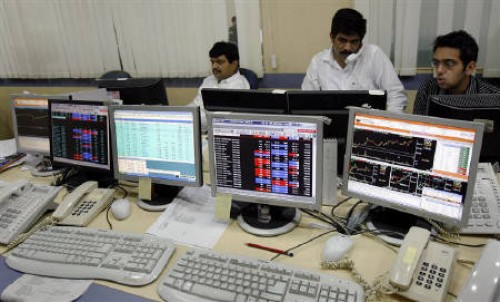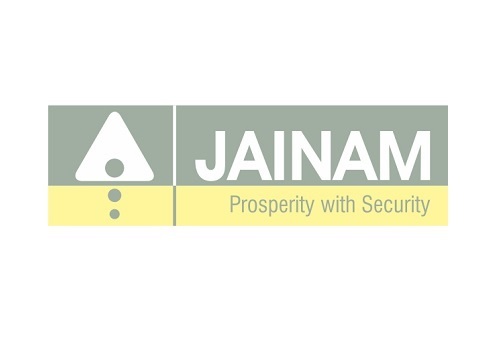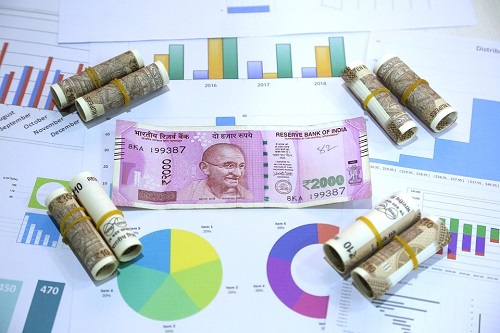Markets end volatile session in red
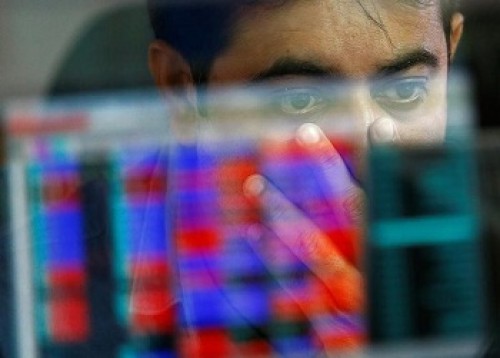
Follow us Now on Telegram ! Get daily 10 - 12 important updates on Business, Finance and Investment. Join our Telegram Channel
https://t.me/InvestmentGuruIndiacom
Download Telegram App before Joining the Channel
In an extreme volatile trading session, Indian equity benchmarks ended lower for the fourth consecutive session on Monday. Except bank, all other sectoral indices ended in red with Oil & Gas, Metal, Utilities and Basic Materials down the most. Key gauges made weak start, as traders got anxious with labour ministry’s report stated that retail inflation for farm workers and rural labourers rose to 5.49 per cent and 5.74 per cent, respectively in January mainly due to higher prices of certain food items. Some concern also came with the Reserve Bank of India (RBI) data showed India's foreign exchange (forex) reserves declined by $1.763 billion to $630.19 billion in the week ended February 11 due to a sharp drop in the value of foreign currency assets. Adding to the pessimism, depositories data showed that foreign portfolio investors (FPIs) have withdrawn a net Rs 18,856 crore from the Indian markets in February so far amid geopolitical tensions and chances of a rate hike by the US Federal Reserve.
However, in the afternoon deals, key indices trimmed losses and were trading in green, as traders found some support as India Ratings has revised the outlook on state finances to ‘improving’ in FY23 from ‘neutral’ and it expects the aggregate fiscal deficit of the states to come in at 3.6 per cent of their gross domestic product from 3.5 per cent in FY22 on the back of robust revenue growth. Some solace also came after Crisil Research stated that India's industrial activity is expected to gather pace in the coming months owing to a gradual pick-up in consumption as well as investment demand. Notably, the latest Index of Industrial Production (IIP) printed at 138 (index reading) in December 2021, representing a 0.4 per cent on-year growth, down from 1.3 per cent growth in November. But, resumption of selling pressure in the final hours again trimmed all gains, as investors globally remained on the back foot amid concerns about the Ukraine-Russia conflict.
On the global front, Asian markets ended mostly in red on Monday amid lingering geopolitical concerns as the Ukrainian government and Russian state-controlled media continued to exchanged accusations of cease-fire violations in the eastern part of the country. Uncertainty about the outlook for monetary policy also continued to weigh on the markets ahead of an anticipated interest rate hike by the Federal Reserve next month. European markets were trading mostly in red after data showed the euro zone economy regained momentum in February, but high inflation persisted in services and manufacturing, adding to reasons for the European Central Bank to become more hawkish. Back home, telecom stocks were in focus as the government's revenue collection from telecom services will be significantly higher than the projection of Rs 52,806.36 crore made in the union budget after adding the collection from the proposed spectrum auction. Leather stocks also were in action as Sanjay Leekha Chairman of the Council For Leather Exports (CLE) said the country's leather and footwear exports are expected cross $6 billion (about Rs 44,800 crore) in 2022-23 on account of increasing demand in the US and new markets such as Middle East, Africa and Latin America.
Finally, the BSE Sensex fell 149.38 points or 0.26% to 57,683.59 and the CNX Nifty was down by 69.65 points or 0.40% to 17,206.65.
The BSE Sensex touched high and low of 58,141.96 and 57,167.02, respectively. There were 9 stocks advancing against 21 stocks declining on the index.
The broader indices ended in red; the BSE Mid cap index fell 0.80%, while Small cap index was down by 2.20%.
The lone gaining sectoral index on the BSE was Bankex up by 0.16%, while Oil & Gas down by 2.18%, Metal down by 1.93%, Utilities down by 1.93%, Basic Materials down by 1.67% and Power down by 1.65% were the top losing indices on BSE.
The top gainers on the Sensex were Wipro up by 1.45%, Infosys up by 1.38%, Power Grid Corporation up by 1.17%, ICICI Bank up by 0.63% and HDFC Bank up by 0.60%. On the flip side, Sun Pharma down by 2.39%, TCS down by 1.96%, ITC down by 1.69%, Tech Mahindra down by 1.41% and Ultratech Cement down by 1.41% were the top losers.
Meanwhile, India Ratings has revised the outlook on state finances to ‘improving’ in FY23 from ‘neutral’ and it expects the aggregate fiscal deficit of the states to come in at 3.6 per cent of their gross domestic product from 3.5 per cent in FY22 on the back of robust revenue growth. The agency had earlier forecast the fiscal deficit of the states to print in at 4.1 per cent. The upward revision is due to the better-than-expected growth in revenue receipts and higher growth in the nominal GDP in FY22.
The agency also estimates the national nominal GDP to grow 17.6 per cent this fiscal, higher than the previous estimate of 15.6 per cent. Accordingly, it expects gross and net market borrowings by the states in FY22 to be lower than at Rs 6.6 lakh crore and Rs 4.6 lakh crore, respectively, than its previous estimate of Rs 8.2 lakh crore and Rs 6.2 lakh crore. Their gross and net market borrowings are estimated at Rs 7 lakh crore and Rs 4.63 lakh crore, respectively, in FY23 due to an improvement in states' aggregate revenue receipts and higher tax devolution from the Centre.
The quality of the fiscal deficit, which is revenue deficit as a percentage of fiscal deficit, is likely to improve in FY22 and FY23, after deteriorating in the previous two fiscals of 2020 and 2021 due to the impact of the pandemic on the states' revenue receipts. The analysis is based on the information on 26 states during this fiscal till November. The aggregate revenue receipts of these 26 states grew 25.1 per cent annualised to Rs 16.4 lakh crore during April-November, while revenue expenditure of these states grew only 12 per cent.
It also expects the states' aggregate debt to GDP ratio to increase marginally to 29.5 per cent in FY23 from 29.3 per cent in FY22 keeping with the debt burden trajectory recommended by the 15th Finance Commission for the FY22-26 award period. The Finance Commission has recommended the states' aggregate debt/GDP at 31.3 per cent for FY23.
The CNX Nifty traded in a range of 17,351.05 and 17,070.70 and there were 12 stocks advancing against 38 stocks declining on the index.
The top gainers on Nifty were Wipro up by 1.68%, Infosys up by 1.32%, Shree Cement up by 1.27%, Power Grid Corporation up by 1.10% and HDFC Bank up by 0.73%. On the flip side, Hindalco down by 3.38%, UPL down by 2.84%, Divi's Laboratories down by 2.33%, Adani Ports &SEZ down by 2.13% and Sun Pharma down by 2.07% were the top losers.
European markets were trading mostly in red; France’s CAC decreased 36.02 points or 0.52% to 6,893.61 and Germany’s DAX decreased 14.02 points or 0.09% to 15,028.49, while UK’s FTSE 100 increased 17.45 points or 0.23% to 7,531.07.
The Asian markets ended mostly in red on Monday amid lingering geopolitical concerns as the Ukrainian government and Russian state-controlled media continued to exchanged accusations of cease-fire violations in the eastern part of the country. Meanwhile, U.S. President Joe Biden and Russian President Vladimir Putin agreed in principle to a summit over Ukraine. A decision on the summit will be taken after a meeting between the foreign ministers of the two nations next week, if an invasion hasn't occurred. Chinese shares ended marginally lower amid fresh attempts by the government to crack down on the private sector and more default warnings from developers. China's central bank kept its benchmark loan prime rates unchanged after trimming the official rates for two months in a row. Japanese shares ended lower for a third day running, with industrial and basic material firms leading losses.
Above views are of the author and not of the website kindly read disclaimer







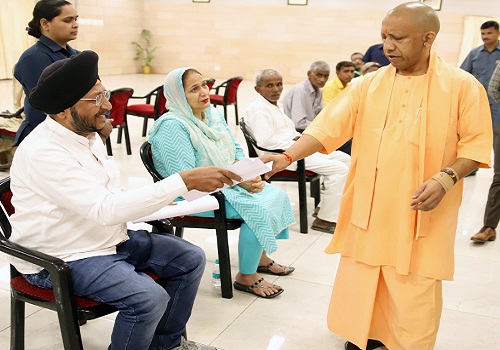


Tag News

Weekly Market Analysis : Markets strengthened recovery and gained nearly 2% in the passing w...
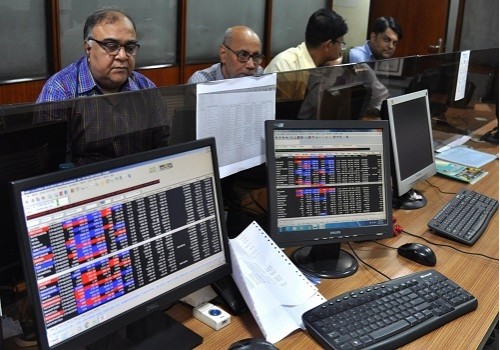
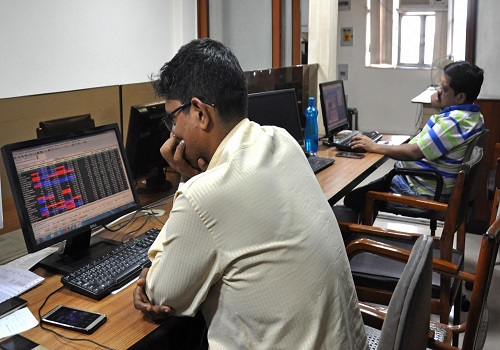
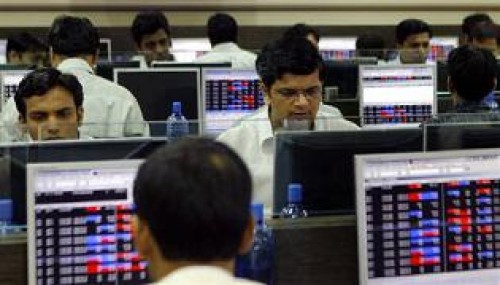
More News

Nifty approaching oversold conditions ahead of - ICICI Direct

